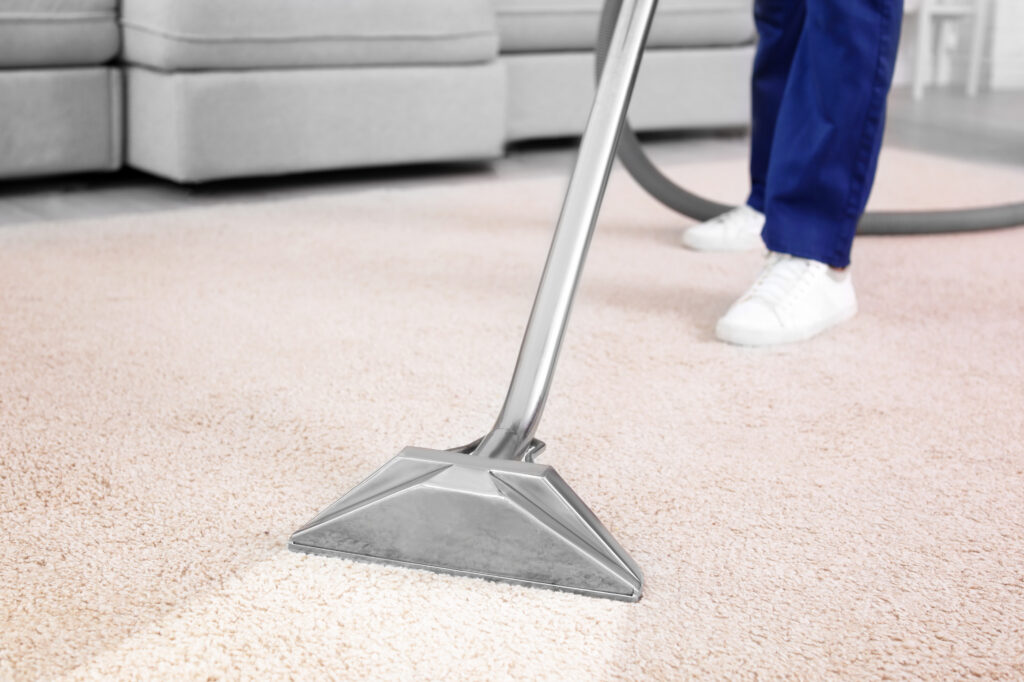How to Get the Musty Smell Out of Your Dishwasher (and Keep It Gone for Good)
We’ve all opened a dishwasher door expecting that fresh, clean aroma—only to be hit with… ugh… that musty, swampy scent. The one that makes you question whether your plates actually got cleaner in there or just went for a humid spin cycle. If your dishwasher smells less like “sparkling clean” and more like “something died in here,” you’re not alone. But good news: it’s fixable. And even better news—you don’t need to be an appliance whisperer to get it done.
What’s That Smell? Understanding Your Dishwasher’s Inner Workings
Before we get into how to remove the musty odor, let’s talk quick dishwasher anatomy. It’s not that you need a mechanical engineering degree—but knowing the basics makes the rest of this a little easier to follow. So, dishwashers clean your stuff using a combo of hot water, detergent, and spray arms. The dirty water drains out through a filter and drain system that should work like a charm… until it doesn’t. Over time, food particles, grease, soap scum, and even water deposits build up in nooks and crannies. That buildup can lead to bacteria and mold growth (hello, musty odor).
What Causes the Musty Dishwasher Smell?
Several things can be brewing inside your dishwasher to create that uninviting scent. First thing? Trapped food. It collects in the filter at the bottom of the tub (if you’ve never cleaned it—this is your moment). Second, there’s standing water from partial clogs. And then there’s soap residue and hard water scaling that gives bacteria a lovely place to vacation. Left unchecked, those spores throw a party—and yeah, they stink. So while the dishwasher might still be cleaning your dishes with high heat and suds, it’s also circulating all that gross buildup in the process.
How to Clean the Funk Out of Your Dishwasher
Okay, deep-clean time. First, pull out the bottom rack and get to the filter. Twist it, pop it out, rinse it under hot water, and scrub gently with a toothbrush if it’s especially grimey. Then get into the spray arms—those rotating nozzles. Clogged holes equal poor water flow, which equals poor rinse power (and more funk left behind). You can use a toothpick or small wire to open them up. Once that’s done, run an empty cycle with plain white vinegar. Place a bowl with one cup of it on the top rack—no dishes, no detergent. It helps dissolve grease, kill bacteria, and de-scale inside surfaces. Follow that with a second cycle using baking soda sprinkled along the bottom of the tub. This combo neutralizes odor and refreshes the whole interior. It’s like a spa day, but for your Whirlpool.
Simple Daily Habits to Keep That Musty Smell Away
Now that you’ve cleaned your dishwasher’s soul, you’re going to want to keep it from backsliding. After each use, crack the dishwasher door just slightly to let humidity escape—it helps prevent mold formation. Scrape (not rinse) your plates before loading them to reduce the food chunks gumming up the works. If you notice pooling water at the bottom after a cycle, check the drain and sump area right away. And here’s a weirdly effective trick: throw in a dishwasher cleaning tablet once a month to keep things fresh. Yes, it’s one more item on your to-do list, but it’s way less hassle than rewashing everything by hand when the smell comes back with a vengeance.
When to Worry: Appliance Problems That Need More Than Just a Cleaning
If you’ve tried all of this and your dishwasher still smells like something you regret smelling, there could be a mechanical issue at play. A failing drain pump, a cracked hose, or even a leak somewhere inside the unit can create stagnant water situations that breed bacteria. And if your dishwasher is older—like, “featured in early episodes of Friends” old—some internal seals might be disintegrating and allowing moisture to fester in hidden areas. At that point, you’re not just dealing with a smell—you could be looking at full-on component replacement. Not to be alarmist, but trust your nose on this one. Persistent odor might be telling you the dishwasher’s age is starting to show—and treating that as a mechanical issue rather than a cleaning issue gets you closer to a solution faster.
Here’s Where a Home Warranty (Seriously) Comes in Handy
This is where the home warranty tie-in becomes less of a sales pitch and more of a moment of gratitude. Your dishwasher isn’t invincible. Filters clog, motors die, heating elements wear out. Most homeowners aren’t budgeting for unexpected appliance repairs—and let’s be real, nothing breaks at a convenient moment. A home warranty can cover repairs or replacements depending on the terms, and it can spare you the mad scramble of Googling “is it cheaper to repair or replace a dishwasher at 11 p.m.” With Armadillo, coverage for major appliances like dishwashers is just part of the package. You can even customize by ZIP code and appliance needs right on their sign-up page. That’s peace of mind you can smell (or not smell, in this case).
Wrap-Up: Modern Homeowners Deserve Less Funk and More Function
Living with a smelly dishwasher doesn’t have to be your reality. A little regular maintenance and the occasional deep clean can keep your machine odor-free and running like new. But the reality is, appliances are the workhorses of the home—and when one of them stinks, it throws off your whole vibe. A reliable home warranty can help buffer the blow for when those smells turn into repair jobs. If you’re someone who values staying ahead of the game (and likes their dishes actually clean), check out Armadillo’s modern, ridiculously easy-to-understand plans at armadillo.one. You can also jump right into building your custom plan at this link. Treat your home like the investment it is—and while you’re at it, keep it smelling fresh.

























